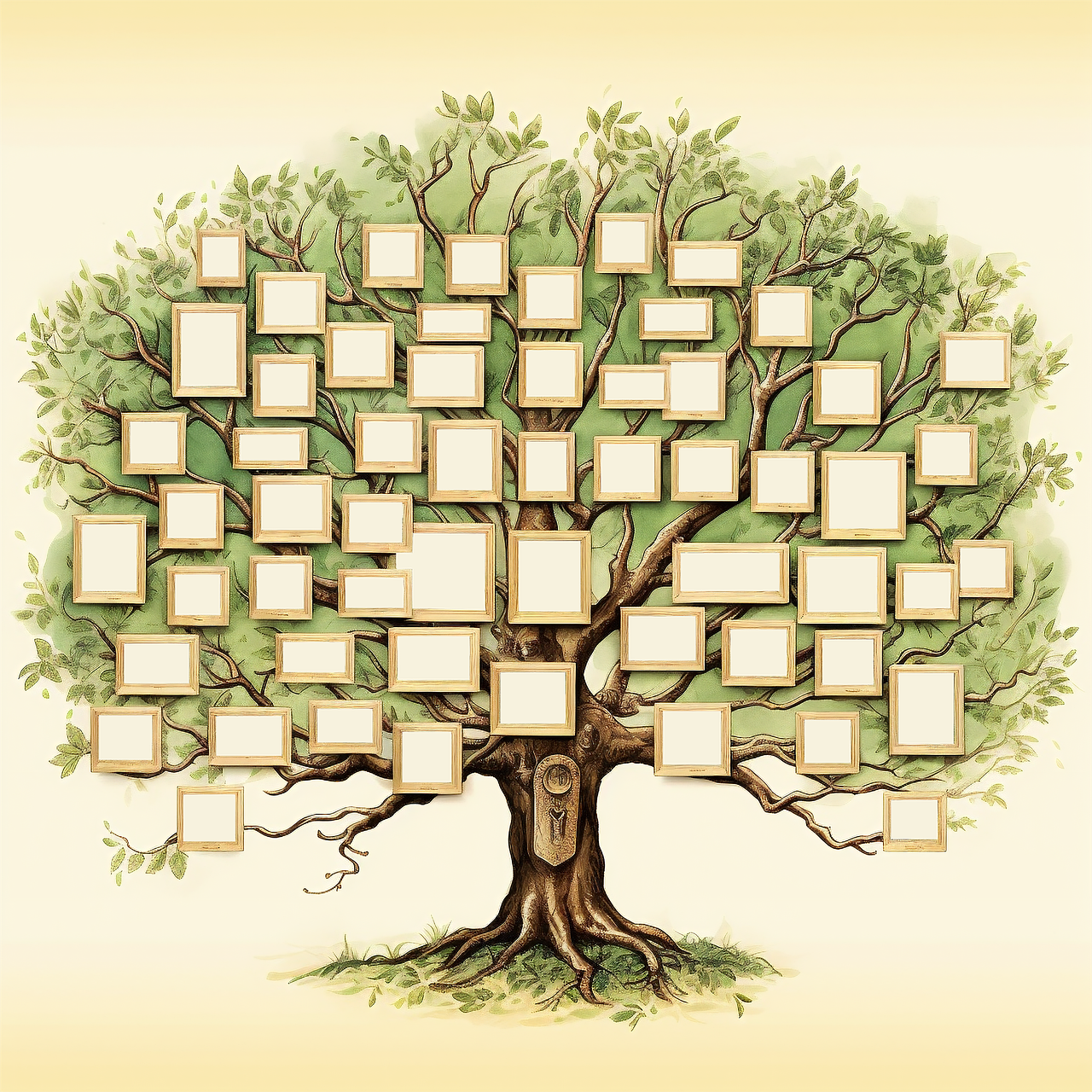
As 2025 begins, years of research have already passed, DNA tests have been done, stories have been written, records have been found, and mysteries have been solved. However, much more remains to be done. This article takes a look at the current state of my research as the year begins with an update on my special projects, which dig deep into DNA and traditional genealogy.
The Family Tree Evolves
Every year my family trees evolve. People are added and even sometimes removed as research continues. Currently, my tree on Ancestry contains 44,511 people and my off-line, official tree contains 42,426 people. Rod’s family trees are much smaller mostly due to the fact that his family immigrated to the United States much later than most of my family. His trees contain 3,690 people and 5,210 people on Ancestry and in our official database, respectively.
I purposely do not sync the trees as I use the Ancestry trees for research and I have information in my tree off-line that I do not want on Ancestry. If I learn new data from other sources, I don’t necessarily add it to Ancestry. Likewise, I add a lot of people on Ancestry when doing DNA research that I don’t know exactly how they tie to our family. Thus, people are included in Ancestry that are not yet added to the official tree.
People in both trees are proven in to varying degrees. In recent years, I have gone back and double-checked people in my direct line and noted in my official tree if they are verified. So, for instance, information seems to point to Lucy Ann Storms’ father being Conrad Storms and we are definitely related to many Sturm/Storm/Storm(s)(es). However, no record has been found that I can use to confirm that relationship. Thus, Lucy Ann is marked verified and Conrad is included in the tree, but is not marked verified.
Special Projects
Although I am always working toward generally growing and improving the family tree, I usually have at least one special project in the works for our families. Those are projects that typically involve using DNA, doing local research, and traditional research online, to try to find some parent or parents that have been difficult to track down.
Three special projects are currently most active. Let’s take a look.
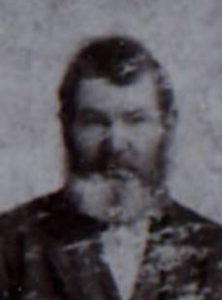
Lemuel McCracken’s Parents
An incredible amount of time and effort has been spent over the years to determine who Lemuel McCracken’s parents were. Today, we know that although he used the surname McCracken, his father was likely one of Jonathan and Elizabeth (Gilmore) Peppard’s sons. It was his mother who was a McCracken. DNA indicates she was most likely a daughter or granddaughter of James and Rachel (Kelly) McCracken. We also know that these families lived close to each other in Wayne County, Ohio in the early 1800s.
DNA
To assist this research, many family members have taken DNA tests for me or given me access to their results and I thank them for that. Each test has been useful, as we all inherit different pieces of DNA. I created many charts and spreadsheets to analyze the DNA matches. As the year begins, I have identified and fit into the family the following number of DNA matches related to this research.
| DNA Matches that are . . . | Number | Comment |
|---|---|---|
| Descendants of Lemuel and his first wife | 23 | |
| Descendants of Lemuel and Louisiana | 62 | My great-great grandparents. Includes those that tested for me. |
| Descendants of Louisiana and her first husband | 11 | |
| Total | 96 | |
| Descendants of James and Rachel (Kelly) McCracken | 83 | Includes some disconnected branches that have strong evidence that they belong to this family. |
| Descendants of Jonathan and Elizabeth (Gilmore) Peppard | 121 | |
| Bonus Peppard matches through the Bailey family | 18 | This family did not believe they had any ties to the Peppard family. However, both autosomal DNA and Y-DNA say that they do. |
Who are his parents?
At this point, I have eliminated or determined some of the candidates to be Lemuel’s parents to be unlikely. The remaining candidates have been evaluated. However, no conclusion has been drawn although I am toying with the idea that it was one of the younger Peppard sons and one of the McCracken granddaughters. But, definitely no proof, yet.
Read about Lemuel and Louisiana: A Journey of Discoveries.
Read research notes. Follow the links on the pages to different pieces of data regarding this research. Not all research has been added to this series of webpages.
Roger Ellis’ Parents
Background
Roger Ellis is my 4th great-grandfather and our earliest known Ellis ancestor. He showed up in Kentucky in tax records at age 19. Within a few years, he marries Susannah Lewis. Records indicate Roger was born in Pennsylvania. His story sounds a lot like Lemuel’s except that it was two generations and 50 years earlier.
There are theories about his parents, but it doesn’t appear that any of them are based on anything other than other Ellis families in the general area. It may, or may not, be important that this family often spelled their name Elless or Elles. Additionally, the family Bible spells the name of the original owner as David Alles. Although, the entries apparently are with the name Elless. In 1991, at the time of the article, the Bible was in the possession of one of Roger’s descendants.
Research
Over the past year or so, I have been toying with DNA trying to find leads as to who Roger Ellis’ parents were. Doing that I have identified one group of DNA matches that tie back to a William Ellis who was born in Tennessee in 1823. I have yet to prove who William’s father was. No other group of matches has proven fruitful yet.
So, I have decided it is time to seriously work on this project. I am currently in the process of identifying Roger and his wife’s descendants who have DNA tested. This allows me to weed out the Ellis clan from all the other families that we are related to that lived in the same area. Hopefully, it will also lead to descendants of some of the other people listed in the family Bible and then to possible parents.
Read research notes. Follow the links on the pages to different pieces of data regarding this research. Not all research has been added to this series of webpages.

Arthur Reid Thomson’s Parents
According to Arthur Reid Thomson, he was an orphan. He had lived with his grandfather in Scotland before making his way across the ocean. As the story goes, as a teenager, he was sent to New York to his uncle. However, he went with friends to Canada instead. He later came to the United States. It is believed his father was also named Arthur and that he had a brother and sister, who remained in Scotland. Supposedly, he lost contact with his family for many years, but did make contact later in life.
It is unknown if he ever contacted his uncle in New York or not. It is also unknown if the uncle or grandfather that he lived with was his paternal or maternal family. Autosomal DNA and traditional research have not led us to a family from New York or his family in Scotland. Only a few distant matches have the name Thomson appearing in their tree. A Y-DNA test is now in the works in hopes that it will help connect to his paternal family.
Read about Arthur’s Long Road to a Homestead.
Future Special Projects
In case you were worried that I will run out of things to research, I have numerous other special projects to work on the in the future. Some include:
- Was Elizabeth Brown Donaldson really kin to Chief Justice John Marshall? I have worked on this one quite a bit with traditional research. Additionally, I contributed to a project looking at this with DNA. Read about the John Marshall research.
- Was Tabitha Dunigan really a daughter of President John Adams who was born out of wedlock? To date, I have not found anything that proves or disproves her parentage. Read Creative Genealogy – The Story of John Adams and our Family.
- Am I related to women who were persecuted during the Salem Witch Trials? It is thought that my Thomas family might related, but that we are not a direct descendant. At least one other family needs to be researched as they had ties to the area.
- Who were George Nicholson’s parents?
- Who were Martha (Johnson) Peelle’s 5 missing siblings and what happened to them? I have worked on this question on and off, but have never undertaken a special project to find them.
- The German ancestry of Helm, Kutzner, Schmidt, Ackermann, Stetler etc.
- Identifying descendants of William Hurrie, who rang the Liberty Bell.
- A woman who was buried at the same cemetery as William Hurrie’s granddaughter claimed to be related to William Hurrie. Basic research shows she was German and he was said to be from Scotland. Not sure if she was related to his granddaughter’s husband, William’s wife or if there was really no connection despite her claim.
- And, the list goes on….
Clearly, I need to live a very long time if I am going to solve all the questions in our family trees.
Attributions & Notes
Featured Image: Source: Pixabay.com
Family Tree Family Life Cycle royalty-free stock illustration. Free for use & download.
Prompt: In The Beginning
#52ancestors52weeks



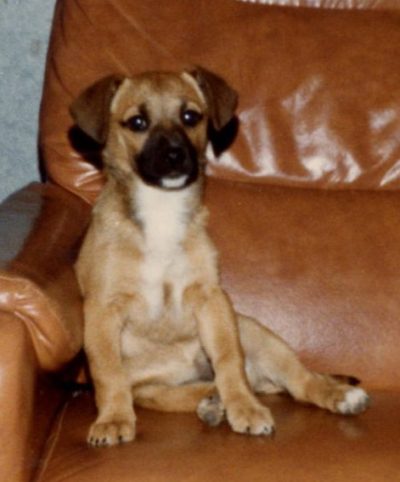
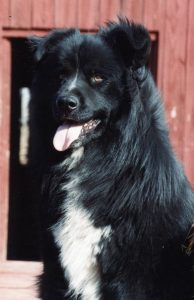



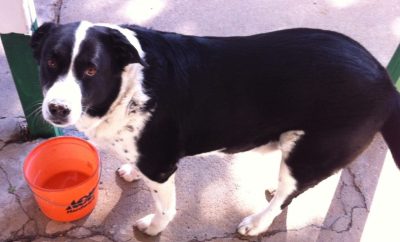

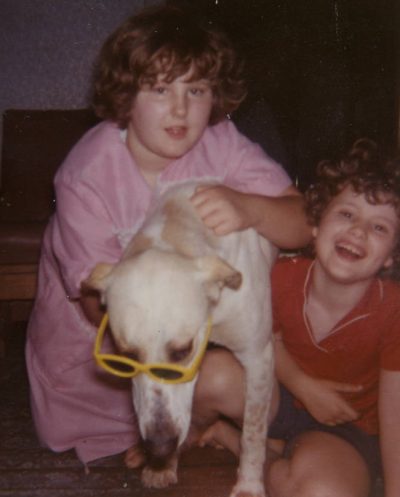
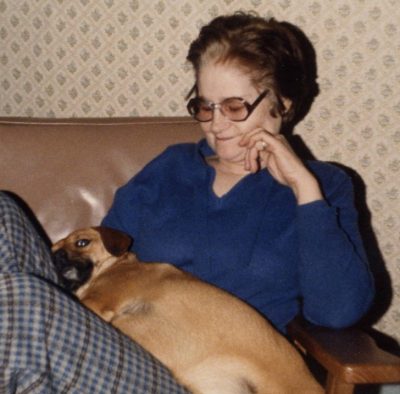
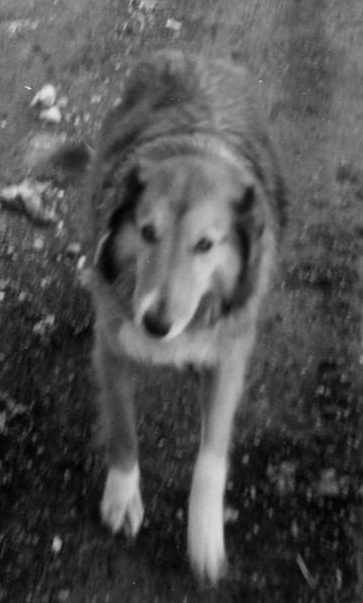


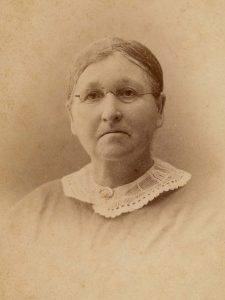
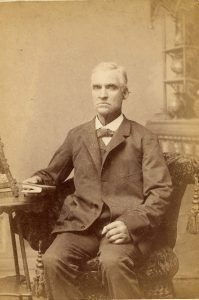








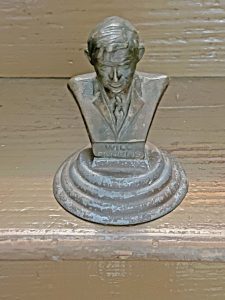 Up We Go
Up We Go